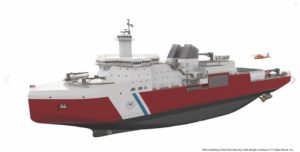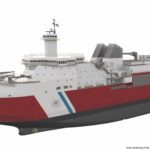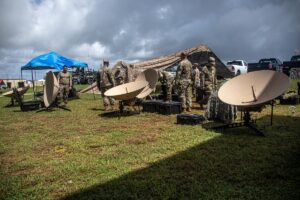
The Coast Guard is seeking $125 million in its fiscal year 2023 budget request for a “commercially available polar icebreaker,” which would help the service meet interim needs until its new fleet of heavy polar security cutters (PSCs) is operational. The request for a domestic commercial icebreaker is a bit of a surprise, although the Coast Guard and Department of Homeland Security have previously said that they were looking at commercial alternatives, including leasing arrangements, to help get more polar…

 By
By 









